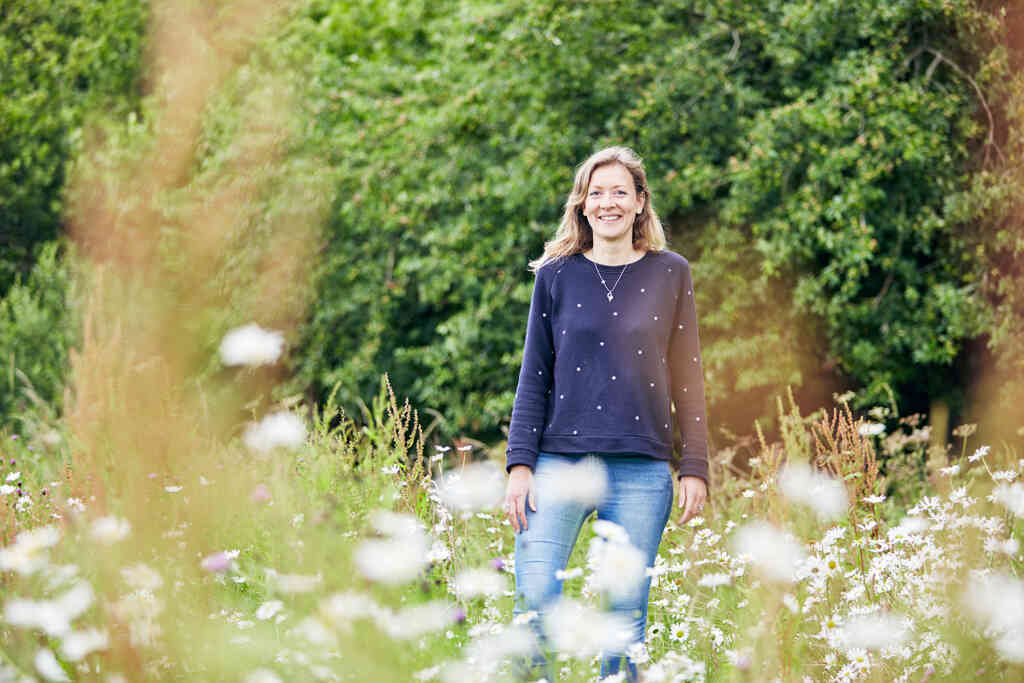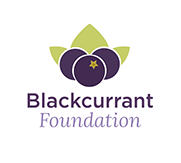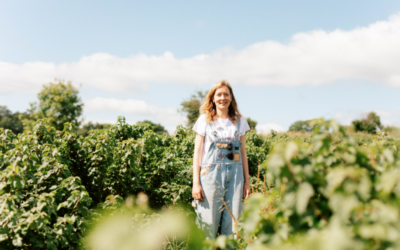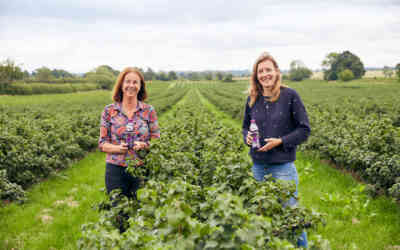Rosie’s Diary: Part 5

Now this year’s harvest has passed and I’ve had time to enjoy some of my delicious blackcurrants, it’s time to turn my full-attention back to my mission to grow sustainably.
I’m very pleased to share the news that the recent application for my farm to proceed into a Higher Tier Countryside Stewardship Scheme is all going well. In 2021, the farm will be a mosaic of nectar flower mixes, bumblebird mixes, wild bird seed mixes and legume rich fallow. It really is a change that I can’t wait to see – the colours and the increasing biodiversity is going to be incredible!
Last month, with the help of my 11 year old neighbour (and budding ecologist), I took part in The Big Butterfly Count, a UK-wide survey aimed at helping assess the health of the environment by counting the amount and type of butterflies. We can’t wait to see how our findings change next year when we’re offering an even bigger wildlife haven!
This summer, I’ve thoroughly enjoyed watching our current wildflowers flourish across the farm. I plant a unique mix of wildflowers to enhance non-cropped areas around the blackcurrants, including headlands, field corners, crop alleyways, or hedgerows where pollen and nectar sources are present. The carefully selected mix of flowers including Vetch, Campion and Phaceila support our bee population, as well as other essential beasties and natural predators, all which help to bring us a rich and fruitful crop at harvest time. This is just one of the methods implemented which helps us grow sustainably, which is incredibly important to us farmers.
As a collection of growers, the Blackcurrant Foundation works with Ribena to grow our crops in line with their Six Point Plan, designed to protect the natural environment and encourage biodiversity on our farms. In addition to planting a special mix of wildflowers, we also implement the following measures…
- Plant hedgerows to provide natural shelter for our crops, shielding them from wind at a time when they are flowering. They also provide food, shelter and breeding sites for our wildlife. We trim the hedges no more than once in every two years (only in January or February) and ensure food such as berries remain available throughout the winter months.
- Maintain 2m grass buffers around all boundaries, as these provide habitat for small creatures and protect the land from soil erosion. We also plant grass headlands and let them grow as wild as they can – these are great for encouraging biodiversity.
- We erect nest boxes around the fields with an average of one box per hectare of blackcurrants; this can include bird, bat or owl boxes. By doing this, we can provide shelter and safety from egg predators, allowing our feathered friends to flourish. We keep them maintained throughout the year and love reporting back to Ribena how many visitors we’ve had!
Myself and other growers are continually monitoring and testing the land for nutrients, trace elements and organic matter to ensure that it can be improved by correct crop rotation and use of additives, including natural manure. I have recently installed soil moisture sensors which allow me to monitor the soil and only water the plants when they need it.
My mission as a grower is to protect the land for future generations, encourage biodiversity and produce the best quality blackcurrants possible. My values are shared with the other growers in the Blackcurrant Foundation, and I am delighted to be championing British farming in a sustainable manner.
Tune in for more updates on our social channels:
YOU MAY ALSO WANT TO READ
Blackcurrants love Autumn… and so do we!
There is something extraordinary in the air at this time of year. A crisp autumn breeze, crackling log fires and amber leaves floating towards the ground make this picturesque season a favourite for many. Whilst we take a bit of adjusting to the colder weather,...
Rosie’s Diary 2021: Part 4
As the harvest season has come to an end, we have taken the time to reflect as a team. The weather could not have been more unkind this year; high winds continued into flowering, 21 days of frost and prolonged cold weather, which extended the flowering period. These...
BLACKCURRANT DAY
We might have mentioned that we’re a little bonkers about berries, and so it should undoubtedly come as no surprise that this year we were delighted to be celebrating the first-ever, #BlackcurrantDay! We celebrated the momentous day earlier this month on 15th July,...




